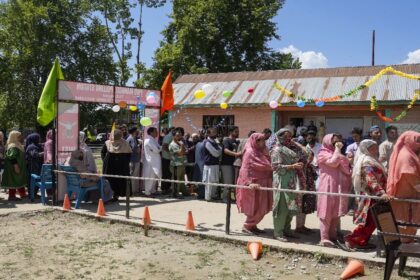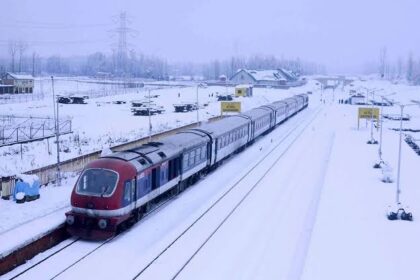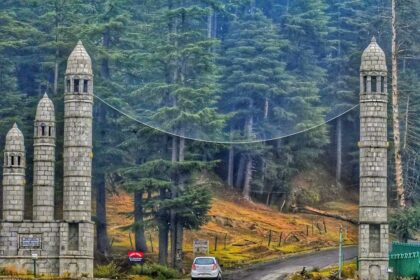Historic Turnout in Baramulla Lok Sabha Constituency: A Detailed Analysis
The turnout in the 2024 elections marks a dramatic increase from previous…
Houseboats In Srinagar: Luxury Amidst Heavenly Serenity
A tryst with houseboats in Srinagar is all you need to get…
Revival of Tourism Ignites Kashmir’s Handicrafts Renaissance
This digital revolution has expanded the reach of Kashmiri crafts empowered artisans…
Hokh Syun Warms Up Kitchens Amid Chillai-Kalan Chill in Kashmir
The timeless tradition of Hokh Syun, a unique culinary practice in Kashmir,…
Annual Budget Allocation for Rail Infrastructure Projects in J&K increased by Five times this Year
. The annual budget for infrastructure and safety works in J&K has…
Lolab Valley bags Best Offbeat Destination Award 2023
Lolab Valley also known as ‘Wadi-e-Lolab’ or ‘Lolov' in north Kashmir’s Kupwara…
Kashmiri Pheran Takes Global Stage, Gets International Appeal on E-Commerce Platforms
The Pheran, a long loose-fitting gown made of wool and embroidered with…
‘Ibn Batuta of Kashmir’ Revives Adventure Tourism in Valley
The young traveller said exploring new places has helped locals earn a…
Kashmir is Far ahead of PoK in Quality of Life, Says Author Sheikh Khalid Jehangir
Kashmir has remained in the global spotlight for seven decades. Most of…
Drug Addiction: Role of Teachers in Curbing Drug Menace
The drug related activities are increasing day by day thereby giving serious…











